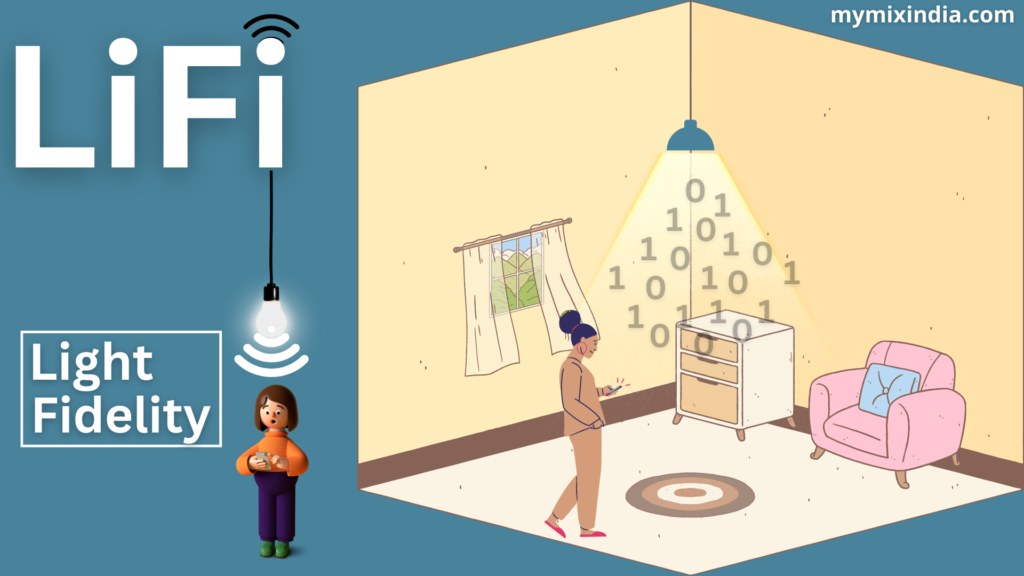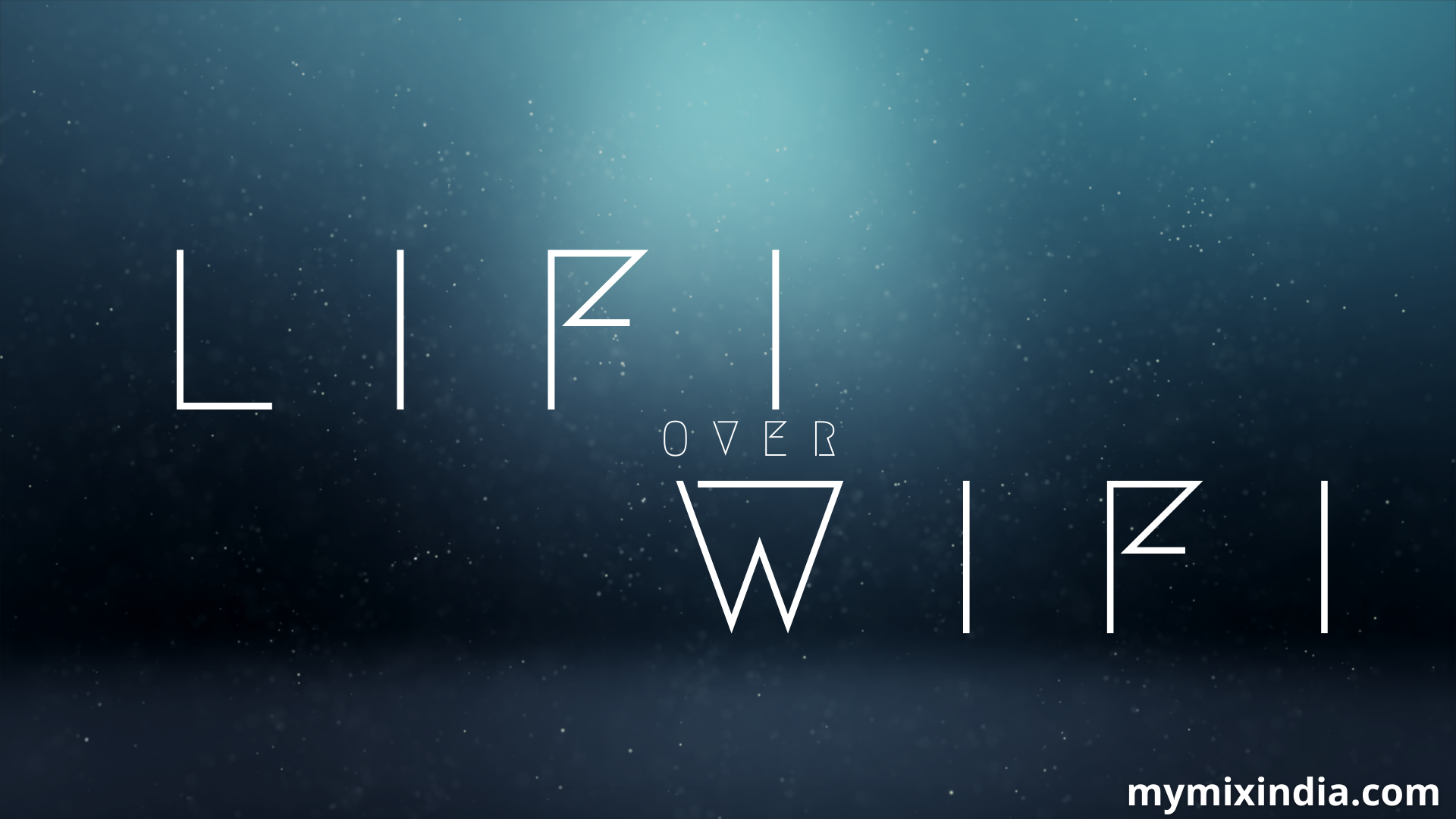Cracking The Benefits Of LiFi Over WiFi Code 2023
Hi-Five Everyone, Lets See what are the Benefits of LiFi over WiFi.
LiFi is : Light Fidelity
WiFi is : Wireless Fidelity
Wireless Communication
In recent years, wireless communication has become an integral part of our lives. The rise of the Internet of Things (IoT) and the increasing demand for high-speed connectivity have led to the development of various wireless communication technologies. Among these technologies, WiFi has been the most popular and widely used. However, a new technology called LiFi (Light Fidelity) has emerged in recent years, which offers several advantages over Wi-Fi. In this article, we will explore the benefits of LiFi over WiFi.
What is LiFi?
LiFi is a wireless communication technology that uses light waves instead of radio waves to transmit data. The technology is based on the principle of Visible Light Communication (VLC), which uses the visible light spectrum to transmit data. The technology uses LED (Light Emitting Diode) bulbs to transmit data, which can be detected by a photodiode receiver. The LED bulbs are turned on and off rapidly, which is not visible to the human eye but can be detected by the receiver. This rapid on/off cycle is used to transmit data.

Benefits of Li-Fi over Wi-Fi
1. Speed
LiFi has the potential to provide much higher data transfer speeds than WiFi. While WiFi can achieve speeds of up to several gigabits per second, LiFi has the potential to reach speeds of up to 100 gigabits per second. This is because light waves have a much higher frequency than radio waves, which allows for more data to be transmitted in a given amount of time.
2. Security
LiFi is more secure than WiFi because light waves do not pass through walls, making it difficult for hackers to intercept the data. This makes LiFi ideal for use in secure environments such as hospitals, banks, and military facilities. Additionally, since LiFi requires line-of-sight communication, it is more difficult for hackers to intercept the signal.
3. Availability
LiFi can be used in areas where WiFi is not available or is difficult to implement. For example, LiFi can be used in areas where radio waves are not allowed, such as on airplanes or in hospitals. It can also be used in areas where radio waves interfere with other equipment, such as in industrial settings.
4. Efficiency
LiFi is more energy-efficient than Wi-Fi because LED bulbs consume less power than WiFi routers. Additionally, since LiFi only operates when the LED bulb is turned on, it consumes less power than WiFi, which is always on.
5. No Interference
LiFi does not interfere with other wireless communication technologies, such as WiFi or Bluetooth. This is because light waves do not interfere with radio waves or other wireless signals. This means that LiFi can be used in areas where other wireless technologies are used without any interference.
6. Immune to Radio Frequency Interference
LiFi is immune to radio frequency interference, which can cause disruptions in WiFi signals. This is because LiFi uses light waves, which are not affected by radio frequency interference. This makes LiFi ideal for use in environments where radio frequency interference is a concern, such as in industrial or military settings.
Conclusion
LiFi is a promising technology that offers several advantages over WiFi. Its high-speed data transfer capabilities, security, availability, efficiency, lack of interference, and immunity to radio frequency interference make it an ideal technology for use in a wide range of applications. While LiFi is still in its early stages of development, it has the potential to become the preferred wireless communication technology in the future.
Click Here to check – What is Web Publishing?
